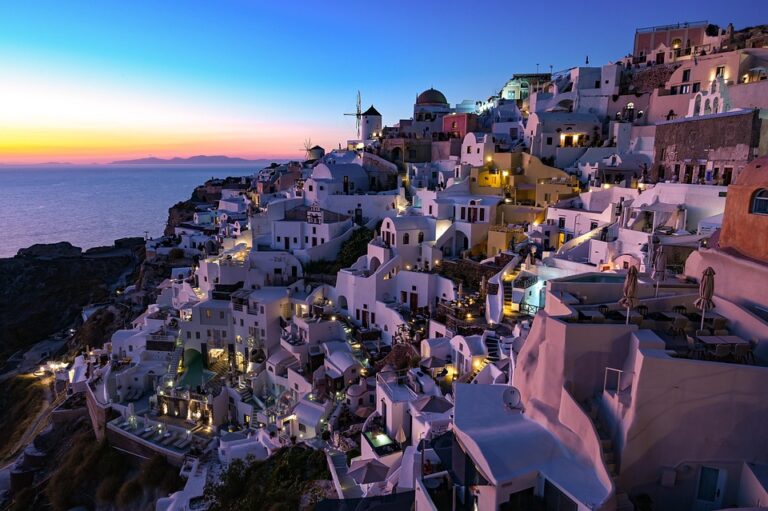Redefining Opulence: The Evolution of Luxury in a Sustainable World
In recent years, the notion of luxury has undergone a profound transformation. Traditionally associated with excess and extravagance, the modern definition of luxury integrates sustainability and ethical practices into its core. As the world becomes increasingly aware of environmental challenges, luxury brands are redefining what opulence means in a way that is both innovative and responsible.
The New Face of Luxury
Historically, luxury was often about conspicuous consumption, where status was showcased through the ownership of high-end goods—think designer handbags, luxury cars, and lavish vacations. However, according to a 2021 report by McKinsey, approximately 67% of luxury consumers are now more inclined to purchase from brands that demonstrate social and environmental responsibility. This statistic signals a significant shift in consumer behavior, indicating that luxury no longer exclusively implies indulgence but also involves a conscious choice for sustainability.
Examples of Sustainable Luxury
Prominent luxury brands are embracing this shift, introducing eco-friendly practices to not only cater to clients’ expectations but also contribute positively to the planet.
-
Gucci, for instance, has launched its “Gucci Off The Grid” collection, which uses biodegradable materials and recycled polyester. This initiative highlights how luxury can coincide with environmental preservation, serving as a blueprint for other luxury brands.
- Another compelling example is Tiffany & Co., which announced that it would be sourcing all its gold from recycled materials by the end of 2021. This move signifies a commitment to ethical sourcing, illustrating how luxury brands are adapting to the increasing demand for sustainable options.
The Impact of Consumer Demand on Luxury Brands
As sustainability becomes a priority for consumers, luxury brands are compelled to rethink their manufacturing processes, sourcing, and overall corporate responsibility.
Statistics and Trends
A recent study from Bain & Company indicates that the global market for sustainable luxury goods is expected to grow by 30% annually, reaching €75 billion by 2025. This staggering growth rate demonstrates the urgency for luxury brands to transition towards sustainability to not only remain relevant but also competitive.
The ongoing evolution of luxury is also reflected in the rise of second-hand luxury markets. Services like The RealReal or Vestiaire Collective offer consumers the chance to purchase pre-owned luxury items, promoting a circular economy within the fashion industry. This shift not only caters to the desire for high-end items but also reflects a commitment to sustainability, reducing the waste typically associated with luxury consumption.
The Role of Technology in Shaping Sustainable Luxury
Technology has played a crucial role in facilitating the evolution of luxury. Innovations in materials science, sustainable production methods, and supply chain transparency are helping brands to create luxurious products without compromising ethical standards.
-
Biodegradable materials and recycled textiles are no longer rare finds in luxury collections, thanks to advancements in technology.
- Blockchain technology is also being leveraged to ensure transparency in the sourcing of materials. Brands like Everledger are using blockchain to track diamonds, ensuring they are responsibly sourced—addressing consumer concerns over ethical supply chains.
Redefining Experiences: Luxury Beyond Products
While products will always play a significant role in the luxury sector, the modern consumer increasingly values experiences over mere ownership. High-end travel and unique immersive experiences are becoming the focal points of luxury.
- Eco-friendly travel options, such as luxury retreats that promote conservation, are examples of how experiences are intertwining with sustainability. Many travelers are now willing to invest in eco-lodges where their presence contributes to the preservation of local ecosystems, offering a luxurious yet responsible choice.
Conclusion
The landscape of luxury continues to evolve, driven by consumer demand and a global commitment to sustainability. As luxury brands redefine opulence, they must embrace innovation and ethical practices that resonate with the values of their clientele. The future of luxury is undoubtedly greener, more transparent, and increasingly focused on experiences rather than products.
As we navigate this changing landscape, it’s clear that luxury is not merely about what one possesses but also about how those possessions reflect one’s values. Brands that recognize and adapt to this shift will likely thrive in this new era of conscious consumerism.
Internal Links for Further Reading:
- The Future of Sustainable Fashion: Trends to Watch in 2024
- How Technology is Transforming the Luxury Sector
External Links for Credibility:
Disclaimer: The content provided in this article is for informational purposes only and does not constitute professional advice. Buzzo.live is not responsible for any liability or loss incurred as a result of the use of this content.


